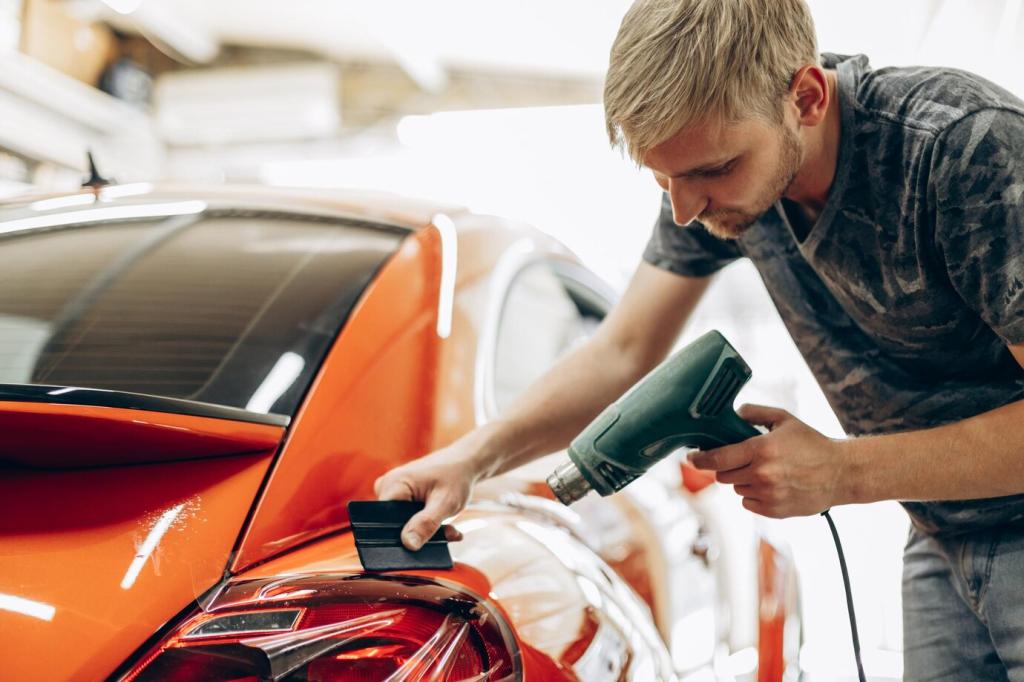Carpets, Jute, and the Scent of Time
Use a crevice tool, gentle brushes, and systematic passes to lift abrasive grit. Lift mats, check seat rails, and avoid vacuuming loose thread ends. Most stains lighten dramatically once dry soils are extracted, making wet methods safer and more effective.
Carpets, Jute, and the Scent of Time
Test discreetly. Blot, don’t rub. Work from the stain edge inward using fabric-specific cleaners. For tar or old gum, freeze and chip carefully. Heat and haste can set dyes bleeding; patience preserves weave integrity and the carpet’s original depth of color.

